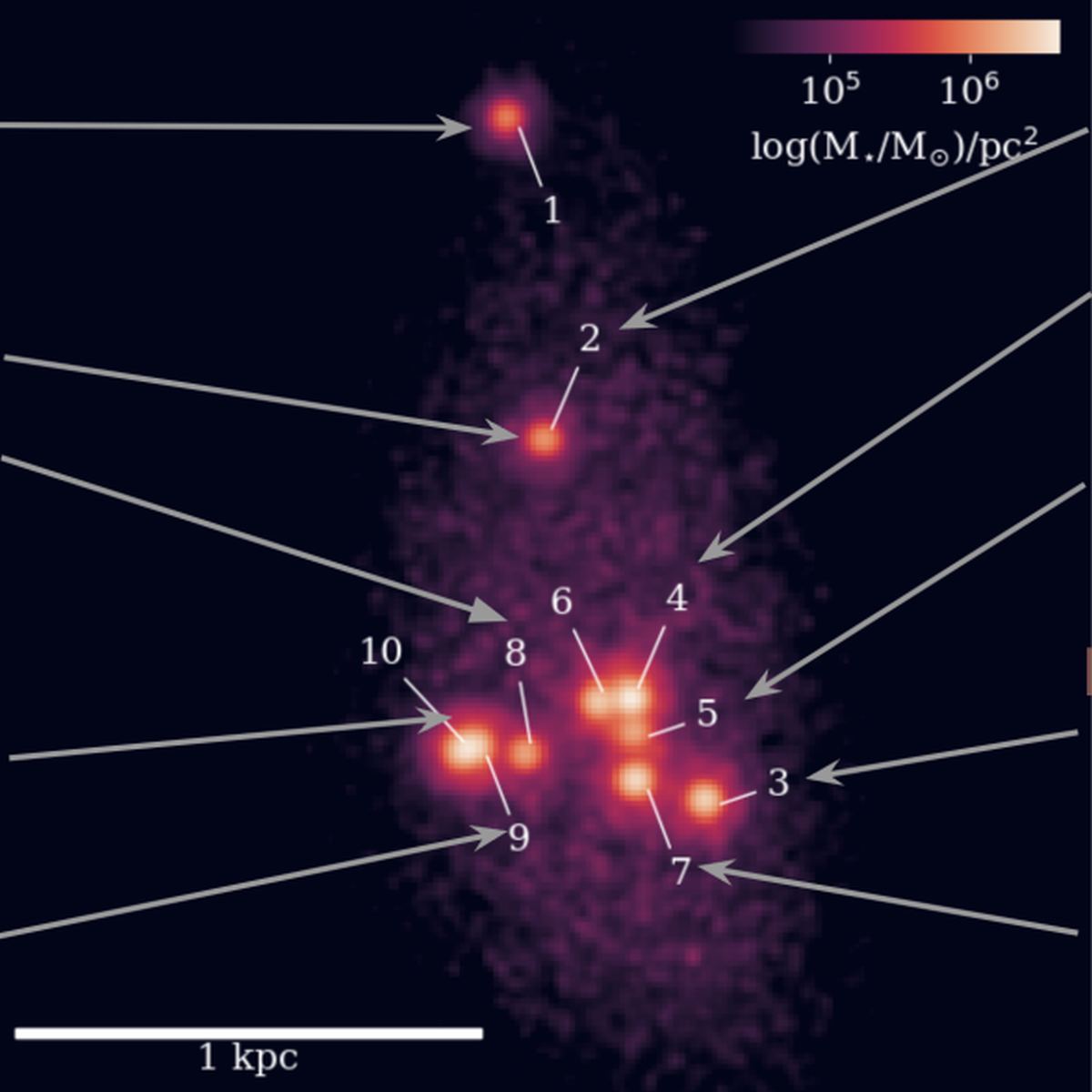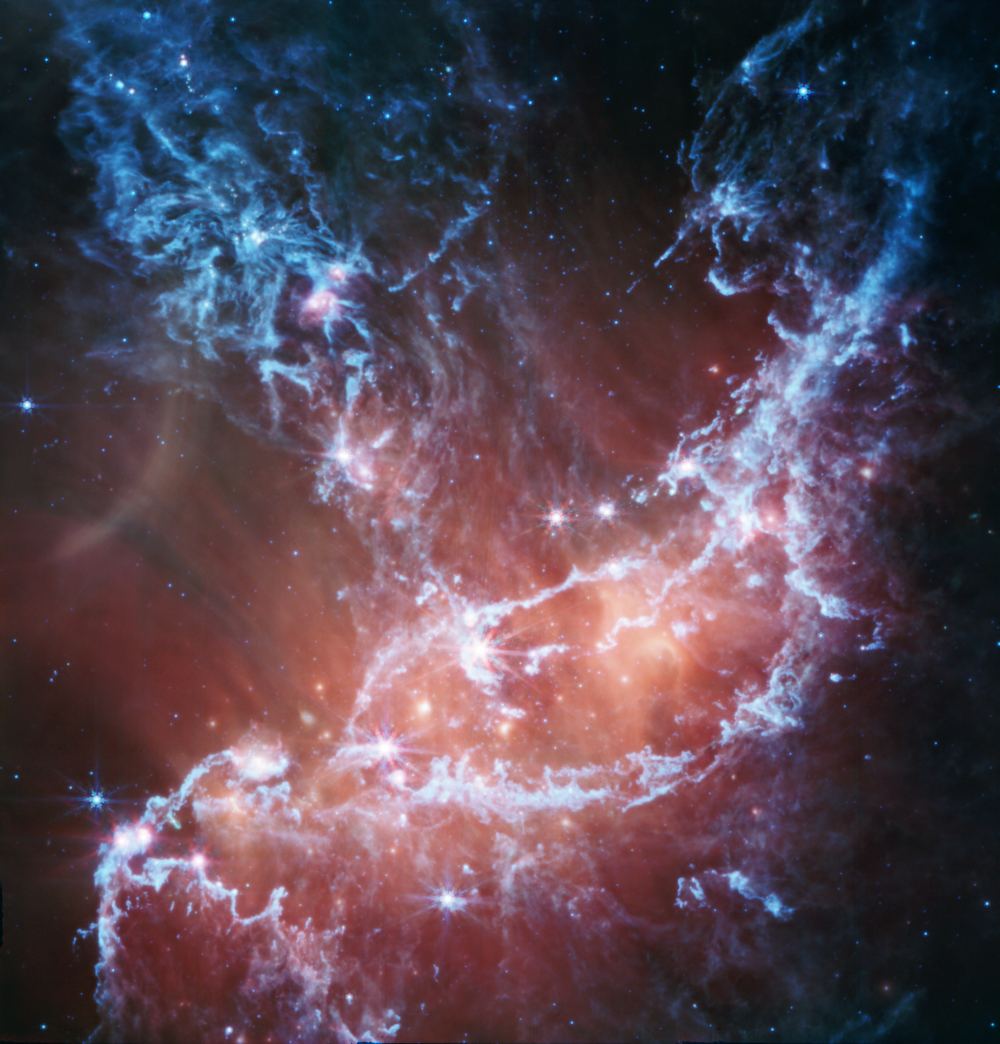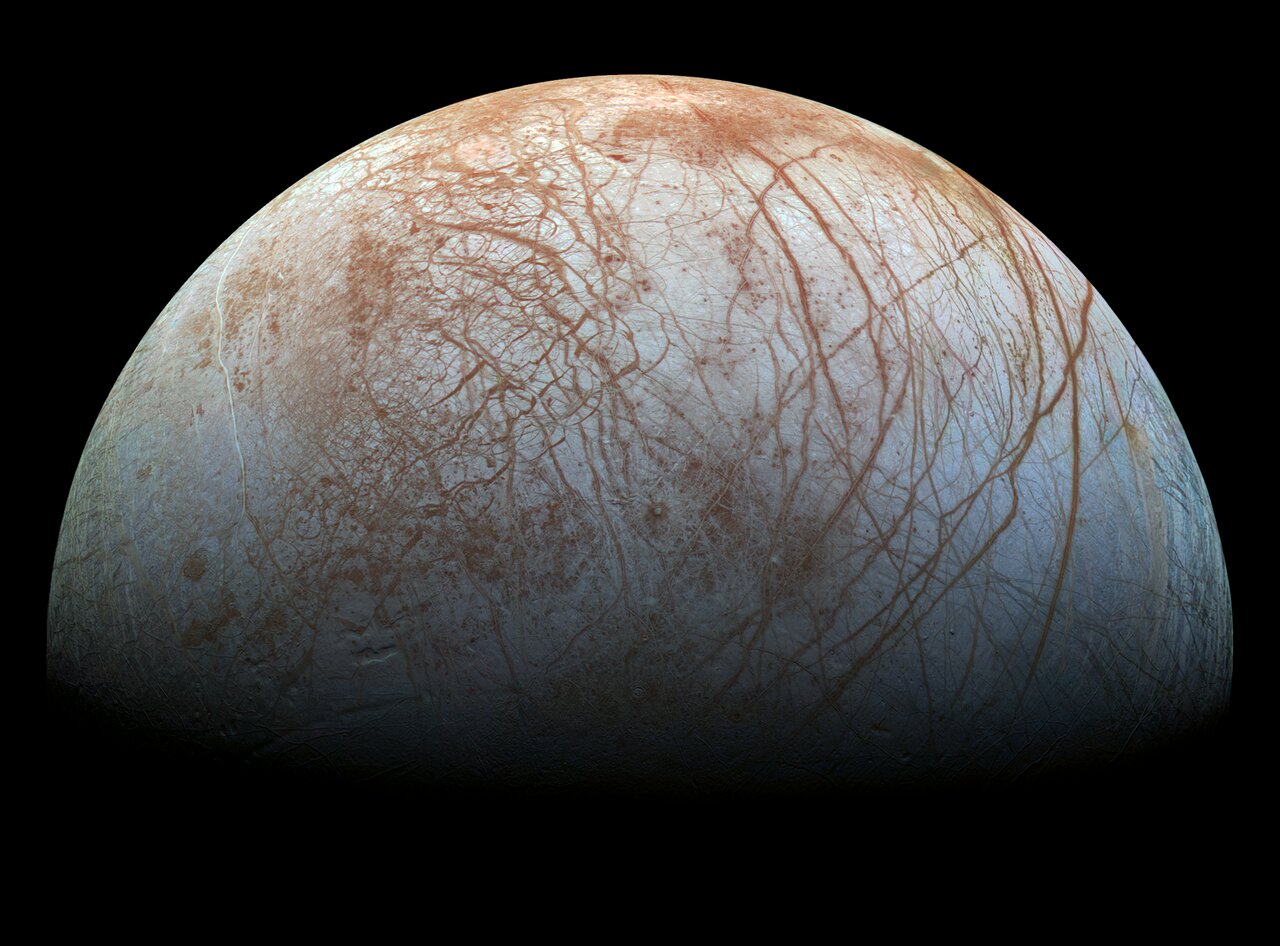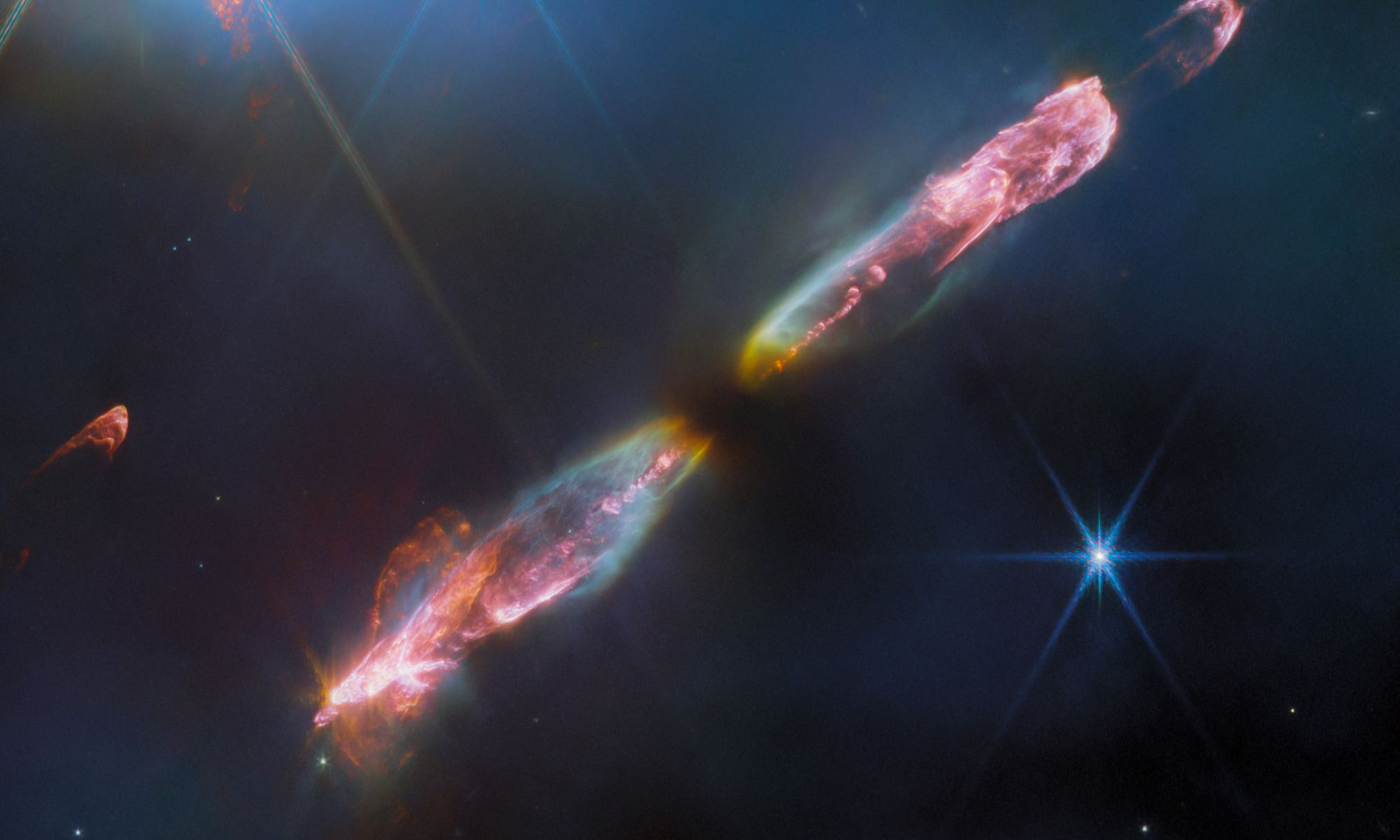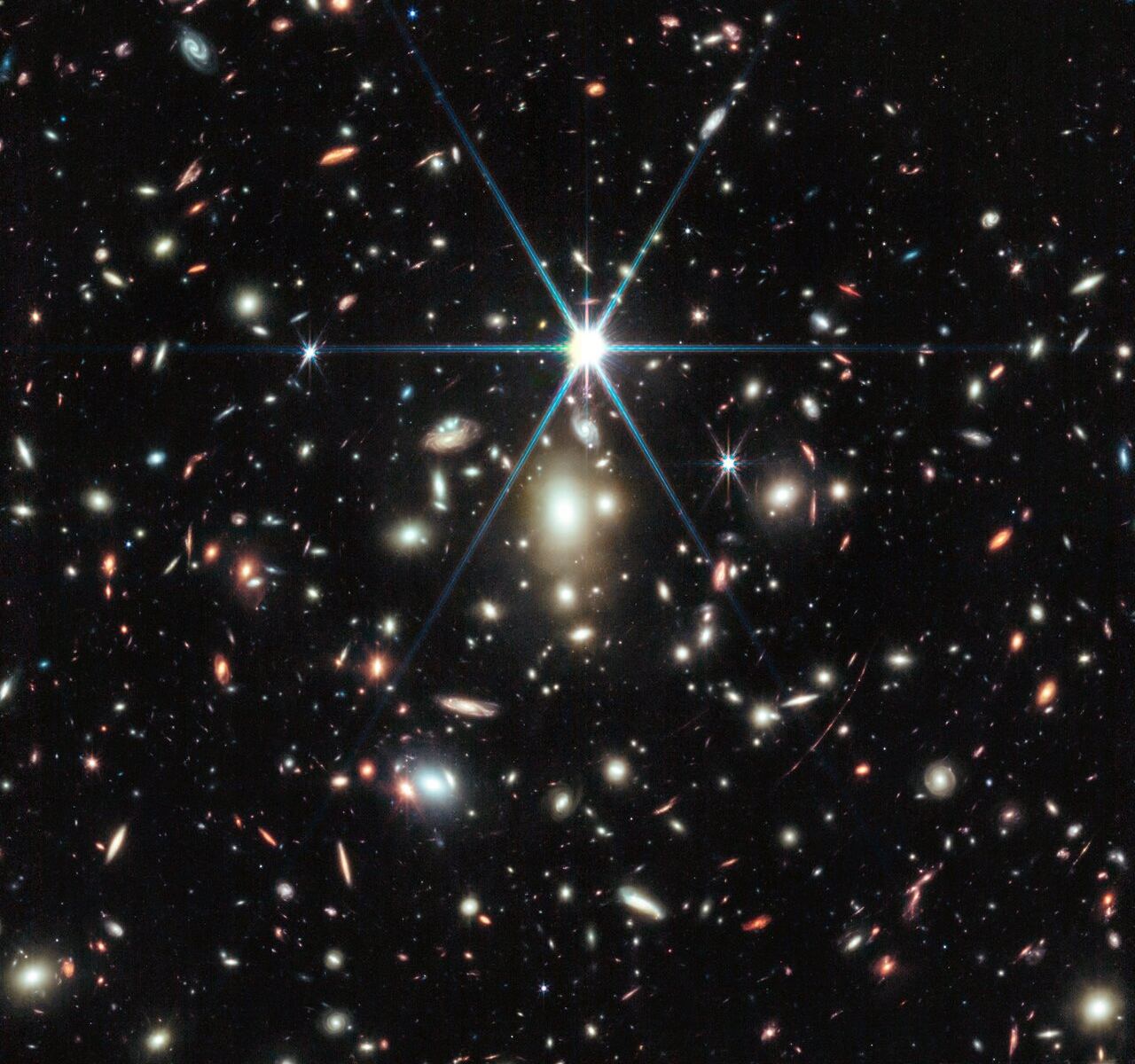The gigantic galaxies we see in the Universe today, including our own Milky Way galaxy, started out far smaller. Mergers throughout the Universe’s 13.7 billion years gradually assembled today’s massive galaxies. But they may have begun as mere star clusters.
In an effort to understand the earliest galaxies, the JWST has examined their ancient light for clues as to how they became so massive.
Continue reading “JWST Sees a Milky Way-Like Galaxy Coming Together in the Early Universe”
